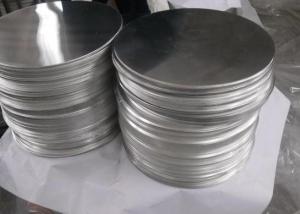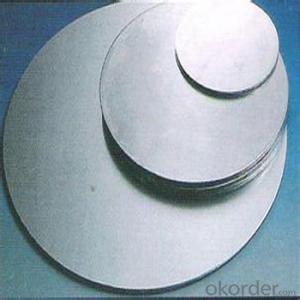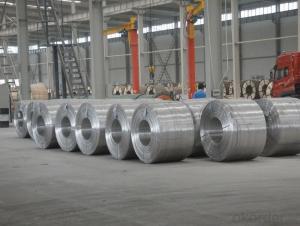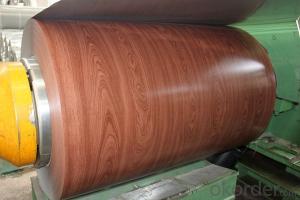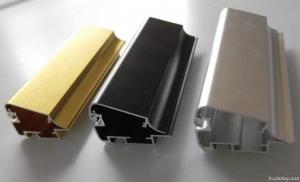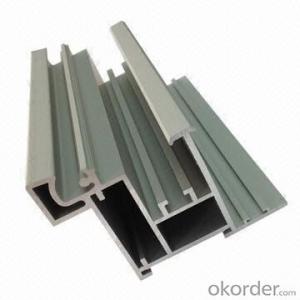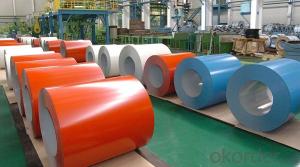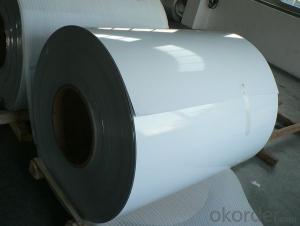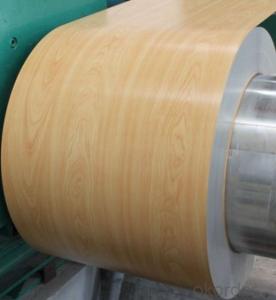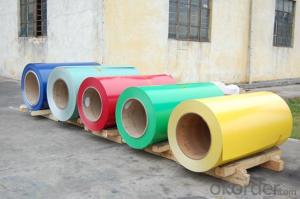Aluminum Tray Circle
Aluminum Tray Circle Related Searches
Led Light Bulbs For Ceiling Fixtures Led Lamps For Ceiling 42 In Ceiling Fan With Light Aluminum Coil Stock For Gutters Aluminum Foil For The Grill Hole Saw For Aluminum Plate Aluminum Tread Plate For Trailer Bow Plate For Aluminum Boat Aluminum Foil For Grow Room Aluminum Foil For Joint PainHot Searches
Stock Price For Aluminum Aluminum Coil Stock For Sale Aluminum Gutter Coil For Sale Used Aluminum Scaffolding For Sale 1/4 Aluminum Plate For Sale Aluminum Bar Stock For Sale Aluminum Round Stock For Sale Aluminum Diamond Plate For Sale Aluminum Scaffolding For Sale Craigslist 6061 Aluminum Plate For Sale Aluminum Dock Plate For Sale 7075 Aluminum Plate For Sale Aluminum Tread Plate For Sale Aluminum Checker Plate For Sale Aluminum Plate For Sale Near Me Plate Aluminum For Sale Aluminum Plate For Sale Aluminum Square Stock For Sale Aluminum Flat Stock For Sale Billet Aluminum Stock For SaleAluminum Tray Circle Supplier & Manufacturer from China
Okorder.com is a professional Aluminum Tray Circle supplier & manufacturer, offers integrated one-stop services including real-time quoting and online cargo tracking. We are funded by CNBM Group, a Fortune 500 enterprise and the largest Aluminum Tray Circle firm in China.Hot Products
FAQ
- An aluminum tube, about 3 meters long, 5 cm in diameter, what is the price?
- Would you like to know how large and thick the aluminum tube you are talking about, and the 6061 material is generally 24 yuan a kilogram
- Why is the aluminum tube welded with stainless steel gasket ring?
- Because the aluminum welding iron collapsed, so with stainless steel pad ring, can also use the aluminum ring pad with the same material
- Yes, aluminum pipes can be used for gas transportation. Aluminum is a lightweight and corrosion-resistant material, making it suitable for safely transporting various gases.
- Can aluminum tubes be used instead of compressed air pipes?
- Definitely.In principle, as long as the strength and performance indicators are adequate, then many materials are available, and aluminum is no exception.In fact, there are special tubes for air compression pipes, such as these
- Aluminum pipes generally perform well in high-temperature environments due to their excellent thermal conductivity and resistance to corrosion. Aluminum has a melting point of 660 degrees Celsius (1220 degrees Fahrenheit), which is higher than many other metals commonly used in piping systems. In high-temperature environments, aluminum pipes effectively dissipate heat, preventing the accumulation of excessive heat that could potentially damage the pipes or the surrounding area. Their high thermal conductivity allows for efficient heat transfer, which is particularly beneficial in applications where heat needs to be transferred from one point to another. Furthermore, aluminum pipes have a low coefficient of thermal expansion, meaning they expand and contract less than other materials when exposed to high temperatures. This characteristic helps minimize the risk of pipe distortion or leakage due to thermal stress, ensuring the integrity of the piping system. Another advantage of aluminum pipes in high-temperature environments is their resistance to corrosion. Aluminum naturally forms a protective oxide layer on its surface, which prevents further oxidation and corrosion even at elevated temperatures. This protective layer acts as a barrier against the corrosive effects of high heat and chemicals, making aluminum pipes suitable for various industrial applications. However, it is important to note that the specific performance of aluminum pipes in high-temperature environments may depend on factors such as the alloy composition, wall thickness, and the presence of any protective coatings. It is recommended to consult with experts or engineers to determine the appropriate type and specifications of aluminum pipes for specific high-temperature applications.
- Some of the different pressure testing methods for aluminum pipes include hydrostatic testing, pneumatic testing, and ultrasonic testing. Hydrostatic testing involves filling the pipe with water and increasing the pressure to check for leaks or weaknesses. Pneumatic testing, on the other hand, uses compressed air to assess the pipe's ability to hold pressure without any leaks. Ultrasonic testing utilizes sound waves to detect any defects or flaws in the aluminum pipe. These different methods help ensure the integrity and safety of aluminum pipes in various applications.
- How can copper tubes be plated?
- According to the principle of the electrolytic cell, it can be completed! Do this: aluminum cathode of a power supply, a bobbin is connected with the anode, in the aluminum sulfate solution, can be completed! You can check to prevent accidents. Thank you for your attention
- Yes, aluminum pipes do require special considerations for expansion joints. Aluminum has a relatively high coefficient of thermal expansion, meaning it expands and contracts more than other materials when subjected to temperature changes. This expansion and contraction can cause stress, strain, and potential damage to the piping system if not properly accounted for. To address this, it is essential to install expansion joints at appropriate intervals along the aluminum pipe system. These expansion joints allow the pipe to expand and contract freely without putting excessive stress on the system. The spacing and design of the expansion joints should be determined based on factors such as the temperature range the pipes will be exposed to and the length of the pipe runs. It is also important to consider the type of expansion joint to use for aluminum pipes. Expansion joints made from materials compatible with aluminum, such as stainless steel or elastomeric materials, should be used to ensure compatibility and longevity. Additionally, the design and installation of these expansion joints should be done following manufacturer guidelines and industry standards to ensure proper functioning. Regular inspections and maintenance of the expansion joints are crucial to identify any signs of wear, damage, or failure. Proper care and maintenance of the aluminum pipe system, including the expansion joints, will help prevent leaks, pipe damage, and costly repairs in the long run. In conclusion, aluminum pipes do require special considerations for expansion joints due to their high coefficient of thermal expansion. Proper spacing, design, and installation of expansion joints, along with regular maintenance, are essential to ensure the longevity and functionality of the aluminum pipe system.










